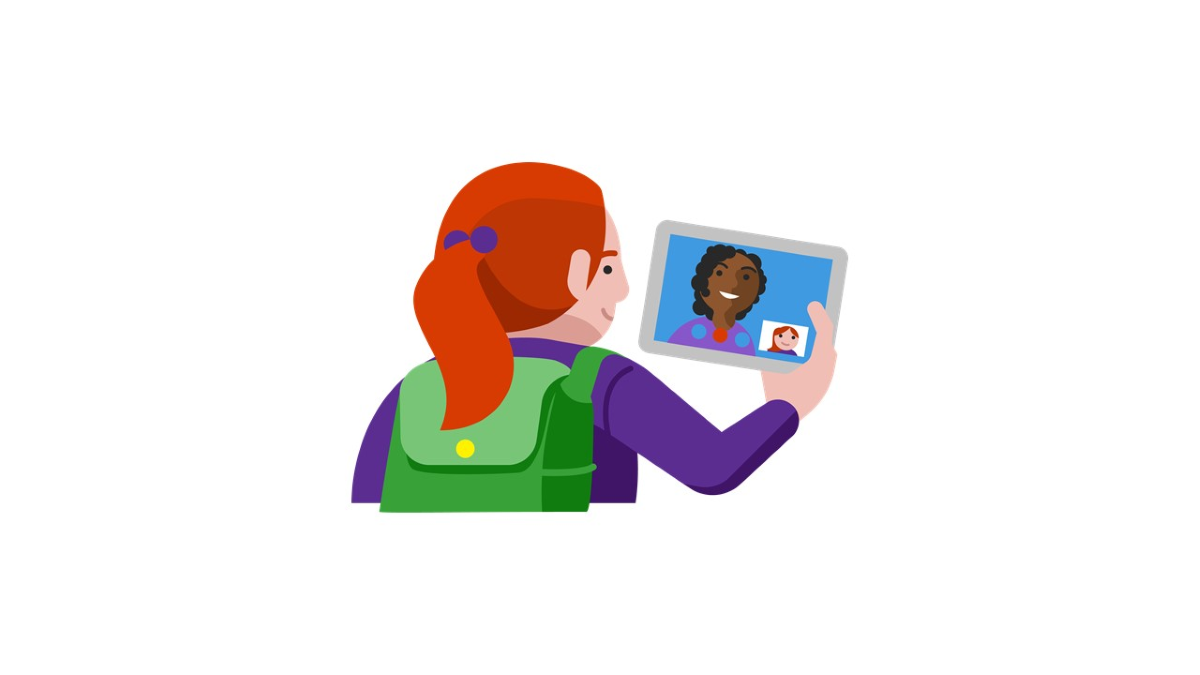Introduction to flipped lessons
The Flipped Learning Network defines flipped learning as "a pedagogical approach in which direct instruction moves from the group learning space to the individual learning space, and the resulting group space is transformed into a dynamic, interactive learning environment where the educator guides students as they apply concepts and engage creatively in the subject matter."
The University of Texas at Austin explains: "A flipped class is one that inverts the typical cycle of content acquisition and application so that:
- Students gain necessary knowledge before class, and
- Instructors guide students to actively and interactively clarify and apply that knowledge during class."
Let's look at a math educator teaching the Pythagorean theorem as an example. This teacher designs learning modules that explain the concept and demonstrate how to use the calculation. Students review these modules at home for homework. In class, students solve problems in groups and individually while getting feedback on their progress. In following homework and class assignments, students are able to apply their learning to more complex tasks.
Math educators aren't the only ones who can benefit from a flipped classroom. Literature educators provide background information on an author and their play. A physics educator introduces Newton's laws of motion. A world language educator explains the proper conjugation for the past tense of specific verbs. A history educator discusses the causes of World War I. An art educator introduces cubism and Picasso to their students. A computer science educator demonstrates how loops work in coding. In all of these examples, and many more, the educator prepares online learning materials for something traditionally taught face-to-face. Freeing up class time to analyze, discuss, and practice concepts that would typically be left to a homework assignment.
The traditional method of flipped learning requires students to have access to technology at home. When technology isn't available at home, educators modify the flipped classroom model and offer in-class "flipped" learning experiences. Educators who use the in-class flip model have access to devices that students can use in the classroom or in a lab setting. They organize lessons based on small groups, or they allow students to progress through the lessons at their own pace, creating a personalized learning experience for every student. Educators also use in-class "flipped" learning experiences when they're absent so that valuable instructional time isn't lost.

There are many benefits with the flipped learning model
- Flipping lessons offers equal access to all students. A student is absent from illness or extra-curricular activities, or a student is struggling in class, can review the materials as many times as needed to understand the concepts.
- Flipping lessons allows educators to gauge student understanding at a deeper level. Because students are practicing new concepts in class (instead of for homework), educators hear and see students thinking and clear up misconceptions quickly. Students are more successful because their educator is correcting misunderstandings in real time in class, rather than a day or two later when traditional homework is returned.
- When Microsoft Forms is used with flipped lessons, educators receive immediate feedback on what concepts are understood and what concepts are still challenging. Educators can then begin the next class with a targeted review that helps clarify the misunderstood concepts.
- Flipping lessons opens the door of the classroom, allowing parents, administrators, and colleagues to see the type of learning happening in the classroom. Additionally, parents can watch the videos with their children and learn new concepts as well.
- Flipping lessons preserves instructional time when educators or students are absent, or when special assemblies interrupt classes.